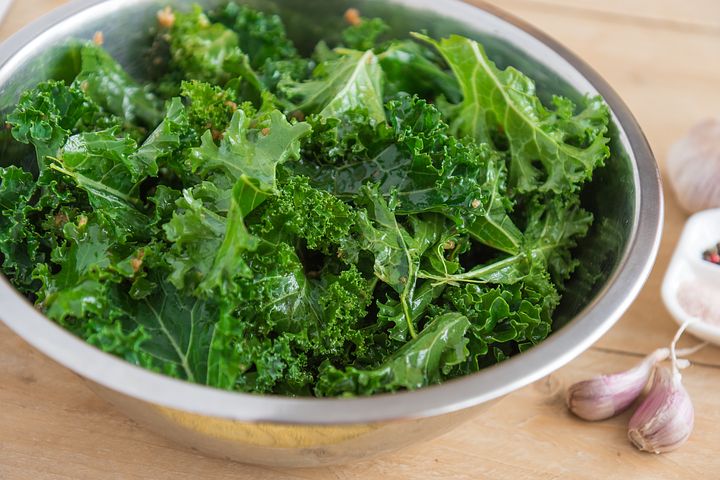Every parent knows that getting young children to eat healthy greens can be a challenge. Even now, as I watch my grown daughter encourage my granddaughter to eat just one more nutritious bite, I find myself asking whether we can make eating our vegetables just a little more interesting.
Thinking back to my own childhood, greens were a regular part of our family meal and they were a special treat during Thanksgiving. Of course, we had probably cooked all of the nutrition completely out of them and loaded them with additions like fat, salt and sugar to make even the healthiest of vegetables unhealthy.
These two conflicting images bring me to questions like, “Why should we eat greens in the first place?” or “Is there any way to make greens a treat and keep them healthy?”
So, to cut to the chase, Mama was right. We definitely should eat our greens. Greens are rich in Vitamins A, C and K. Some greens, like collard and mustard greens are also excellent sources of folate. All of these nutrients are very important to our overall health. Greens themselves are not only excellent sources of nutrients, but they’re low in calories and this time of year, pretty low in cost. Bonus!
Okay, so how do we make greens, which are obviously good for us, good to eat without adding excess fat, salt or sugar? For as long as I can remember, every green had at least two out of three of these unhealthy additions as part of the traditional Southern recipe. So, in spite of our heritage, we can become creative chefs in our own home, making delicious tasting greens that are, yes, Healthy! Here are a few tips to adding greens in the most unlikely places in your menu. These tips will help you keep the greens both healthy and tasty.
- Add collards to vegetable soup or macaroni and cheese. These are foods kids love and the greens add both color and flavor.
- Try kale blended in a smoothie, as a topping for pizza or added to a favorite casserole.
- Add delicious, delicate greens like spinach to pastas, salads or even egg dishes.
- Add turnip greens to stews.
Not to overlook the pending holiday, try making traditional Thanksgiving collards healthy. Instead of ham hocks and salt, use low-sodium chicken stock, smoked deli turkey, onions, garlic and red pepper flakes for a “can’t tell the difference” flavorful version of a southern classic.
Use your imagination. You can even encourage your children to participate. Ask them where they want to find the greens next: in their potatoes? mixed with beans? However you decide to include them, encourage your family to eat their greens.
Lorelei
